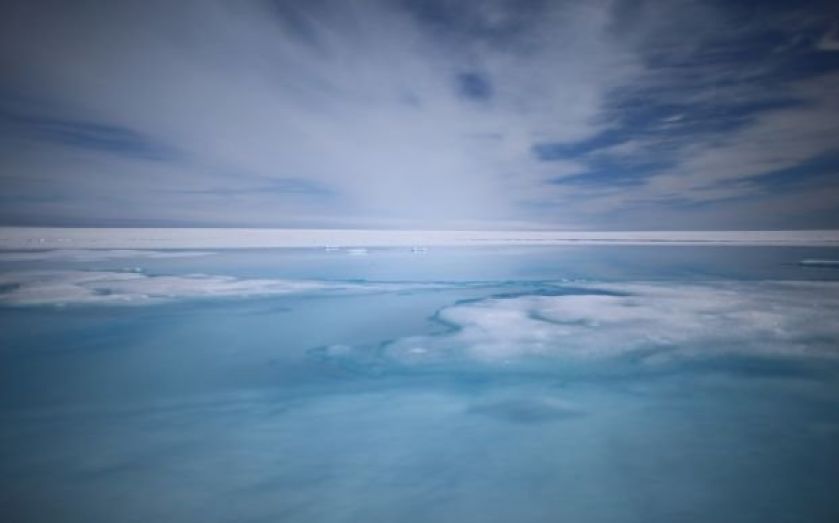Climate change: Greenland’s ice sheet is melting faster than we realised

Greenland's ice sheet – the second largest in the world – is more sensitive to climate change than was previously thought.
The huge expanse of ice, which covers 1.7 million square kilometres, is roughly eight times the size of the United Kingdom. If all of it melted, it would raise the world's sea levels by more than seven metres. This would put coastal communities at risk throughout the world.
In a paper published today in the journal Nature Communications, researchers at the University of Cambridge gave details of a study in which they concluded Greenland is losing ice at a net annual rate of 200 gigatonnes, equating to 0.6 millimetres of sea level rise.
Another source of sea level rise is thought to be increased movement of the ice sheet, since this causes more ice to be discharged into the ocean. Globally, sea levels are rising three millimetres per year – faster than any previous estimate.
While complete loss of all ice in Greenland is judged to be extremely unlikely this century, the record extent of surface melting in the past decade indicates the ice is highly vulnerable to climate change.
“Not only is the ice sheet sensitive to a changing climate, but extreme meteorological events, such as heavy rainfall and heat waves, can also have a large effect on the rate of ice loss," said Dr Poul Christoffersen, one of the researchers involved in the study.
"The soft sediment gets weaker as it tries to soak up more water, making it less resistant, so that the ice above moves faster. The Greenland Ice Sheet is not nearly as stable as we think."